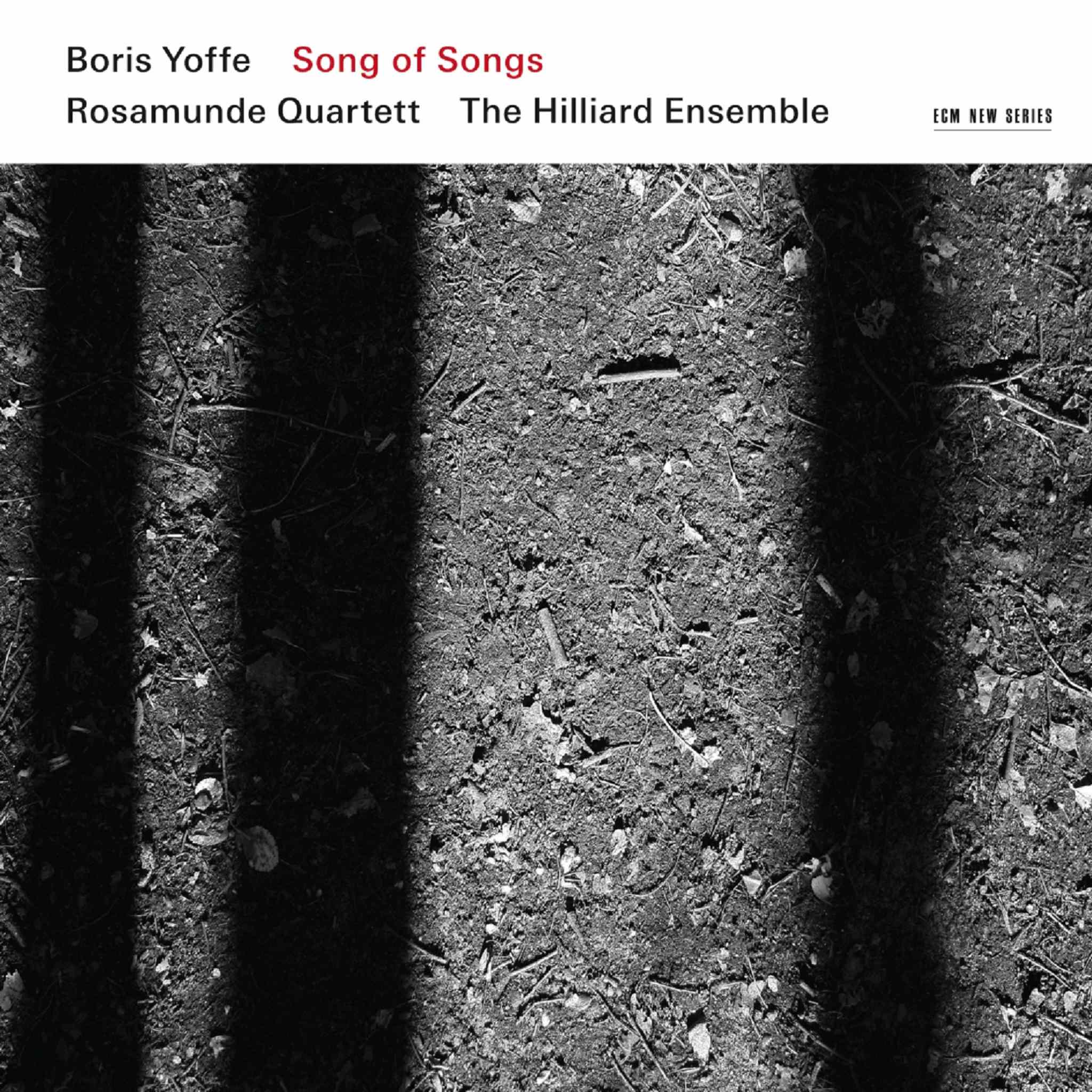Album insights
Many of Victoria's works were published during his lifetime, with some motets reprinted up to six times. While some works exist only in manuscript form, Pedrell mistakenly attributed some to Victoria at the start of the 20th century. One of these, the four-voice Ave Maria, is generally accepted as Victoria's composition, though it was first printed by Pedrell in 1913, and its source remains unknown.
Victoria set the hymn Ave maris stella twice, publishing one version in 1581 and the other in 1600. Sung in plainchant, the alternating verses are polyphonically paraphrased and embellished. Ave maris stella serves as the hymn for the First Vespers of Mary's feasts.
The remaining three motets in this collection are also Marian motets. Published in 1572, they were reprinted in subsequent years. Ne timeas, Maria acts as an Antiphon for the Second Vespers of the Annunciation of the Virgin Mary. Sancta Maria, succurre miseris is a plea for grace and assistance for people, clergy, and women, serving as the Magnificat Antiphon for the First Vespers of Mary's feasts.
Victoria's highly expressive vocal lines, characterized by sharp contrasts and authentic cadences, set his music apart from Palestrina's. His use of cross relations, tight resolutions, and preference for cadential closures reflect his mastery of harmonic counterpoint.
Vidi speciosam, a Responsory for the early morning of the Assumption of Mary, depicts the Virgin's ascension with vivid imagery. Notable for its shimmering textures from intersecting voices, this motet underscores Victoria's distinctive style. Vidi speciosam was published multiple times, including dates in 1572, 1576, 1583, 1585, 1589 (twice), and 1603, and even found a place in the Codex 29 of the Sistine Chapel.
In 1592, Victoria released his Missae ... liber secundus containing a Mass based on Vidi speciosam. Echoing its source, this Mass employs precise and declamatory six-part choral settings, particularly in the Gloria and Creed.
The Kyrie of this Mass opens with motifs from the motet, later followed by unique variations. The Gloria and Credo blend homophonic textures with motifs from Vidi speciosam, culminating in distinct rhythmic patterns.
The Sanctus integrates music from Vidi speciosam and transitions to a triple meter at key moments. Similarly, the Benedictus features a dedicated "Hosanna in excelsis" section for six voices.
The Agnus Dei, set for seven voices, ends the Mass with a serene plea for peace, highlighting Victoria's skillful polyphonic composition. Accompanied discreetly by the organ, as was customary during the late Renaissance, this performance honors traditions prevalent in Spain during the late 16th and 17th centuries.





